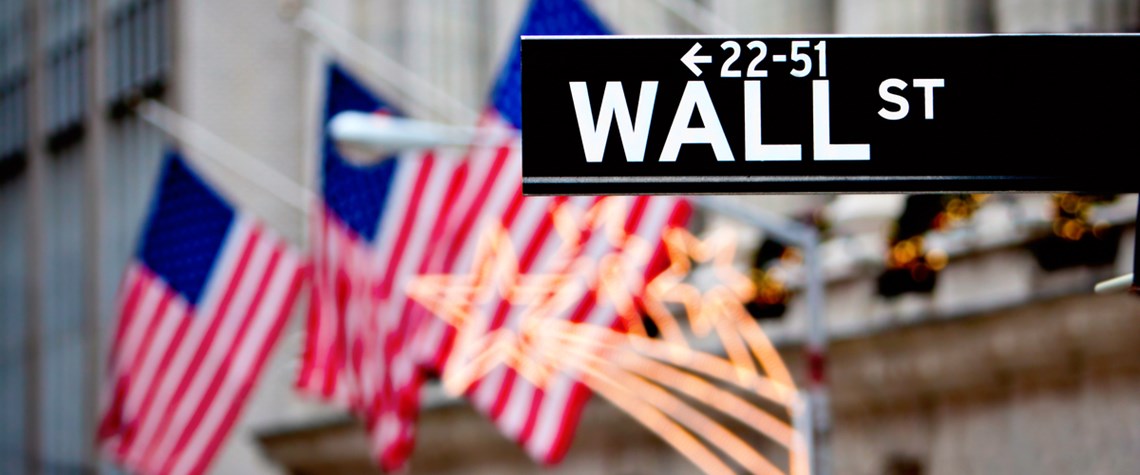The crude market’s exciting circus, which swirled from Lords to Henley to cocktail parties over a ten-year period, also significantly professionalised as time passed. There were no more ‘inexplicable accidents’ as when a portrait of the king of Norway was found being launched from an embassy window during one drinks event!
Although the telex was still the communication method of choice, most traders had a Sun Microsystems box on their desk. Platts and Argus dailies, along with futures prices on screen, helped overcome opacity. The lunches became less and less frequent.
Numeracy usurped clubability and some of the old school began to struggle—companies as well as individuals. Those educated in Wall Street risk-management techniques prospered and the success of their companies attracted participation from new entrants such as JP Morgan, Deutsche Bank, Bankers Trust and others. None of these new entrants had any interest in physical oil but had a great deal of interest in oil as a financial product.
Murky waters
There were undoubtedly scandals to be dealt with in the early days: the alleged non-performance of Gatoil being an early incident; while German trader Klockner’s unapproved trading led to notional losses of almost $0.5bn. Famously, in the latter case, Nancy Kropp was ordered off her flight into retirement in Los Angeles and diverted to Frankfurt by the late Deutsche Bank chief Alfred Herrhausen to sort out the Klockner debacle.
She performed the role well enough to be called upon later to do similar work in the light of failings at Metallgesellschaft. Crude trading and Germans seemed not to mix particularly well…
But it was not only the arrival of the Wall Streeters or futures trading that transformed work practices. The 1986 price collapse—when Saudi Araba introduced netback pricing and simultaneously decided to compete with its Opec allies for additional export volumes—and the 1991 Gulf War marked the beginning of early mornings at the office and lunch at the desk.
Events ruled the day, almost every day. And markets were experiencing the birth of volatility—a great friend of the trader and of the providers of products designed to manage risk.
Going the extra mile
One company in 1991 realised that London traders were at a significant disadvantage being without a CNN stream, as it held no UK broadcasting licence at the time. So an enterprising American trading in London, Rich Shelton, rigged up a satellite dish (purchased in Tottenham Court Road), placed it on the office roof held down with sandbags and secured a connection.
Information was still king and access to Wolf Blitzer & co. was turned into profit when trading with other London houses, which were operating partially blind. And all of this was done in the wee hours from a temporary bed under a desk.
The majors adapted to the changing times by creating bespoke trading units with appropriate delegation of authority to enable them to turn on the same sixpence as the Wall Streeters. They also set up special performance-based remuneration packages to mimic independent trader compensation structures.
Most importantly for their viability and future profitability, they introduced transfer pricing systems where they were able to purchase production from their upstream arms, often using advantageous price formulae, and also receive a marketing margin. BP and Shell in particular were to become hugely successful market operators, although some others failed through some combination of misunderstanding their competitive advantage, having inadequate controls or unclear objectives, and a lack of senior management commitment and understanding.
As the 1980s came to an end, the oil market had evolved rapidly from solely a tanker market in the early days of Phibro and Marc Rich to a market where ‘paper’ barrels dominated trade volumes and where strategies to mine the indifference of the many ‘others’ playing in the markets matured and delivered profitability to the majors, Wall Street and the larger surviving independent traders. And further opportunities to ‘play” the tax authorities and the disaggregated end-consumer meant that this was no zero-sum game.
Colin Bryce is a founder of consultancy Energex Partners and has 42 years of experience in oil trading. Part five of Colin’s six-part London crude trading’s ‘Good Old Days’ series will be published on Friday 31 July.
If you ‘were there’ and would like to add your memories of the events, characters and locations that shaped the development of the London crude market, please reach out to peter.ramsay@petroleum-economist.com to discuss how to contribute.








Comments